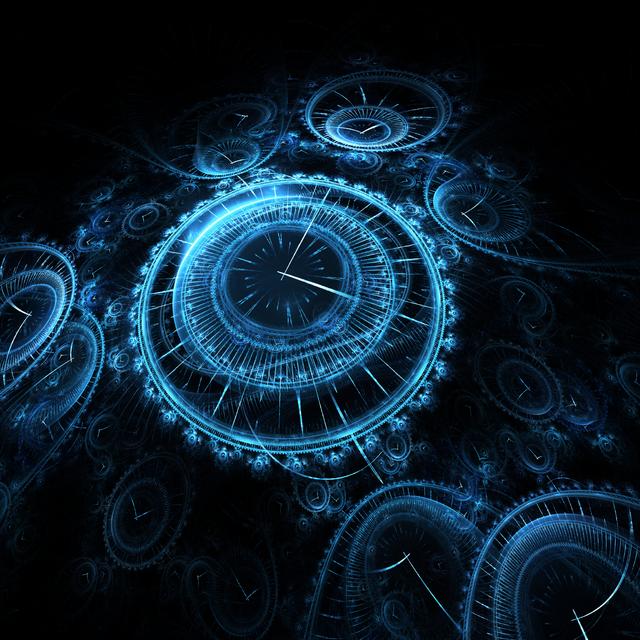| Complexity level: | 5 |
| Time required: | Additional time required for recruiting participants and preparing materials. |
| Safety concerns: |
Overview
The perception of time is a mystery, starting with the very definition of time. What is time? How are we able to experience time? A common definition of time is that it is relational, that what we call time is the relational or sequencing of events. In other words, what we frequently call time is duration between what you did yesterday and what you did today; however, what happened yesterday is the memory of an experience. You could argue that time is the relation of our experience in the present moment with our memories, making the passage of time very subjective or even an illusion. The perception of time passing does not seem to be specifically connected to any of the five senses. Recent research seems to indicate that the basal ganglia and parietal lobes of the brain may be involved in detecting the passage of time. This experiment will allow you determine how sensory information may influence our sense of time.
Scientific Terms
Materials
- 20 participants
- Blindfold
- A room that is free of distractions
- A musical device such as a Iphone, walkman, or radio
- 1 chair
- A watch with a minute hand
- Data sheet (provided)
- Paper and pencil
- A small table or desk
Procedure
Pre-experiment
- Divide participants into four groups of equal size: Group A, group B, group C and group E.
- Prepare a room with one chair and a small light weight desk or table. The room selected should have no windows and be free of distractions such noise from adjoining rooms or the outside.
- Have the musical device ready to play and place in the room where you will have easy access to it. You will want to do the same with the blindfold.
- Place the paper and pencil on the desk or table.
Conducting the experiment
When conducting the experiment, you will test one participant at a time. Each group will be exposed to its own unique conditions. You will be outside the room so that only the participant will be in the room. You will allow 5 minutes to pass then re-enter the room and have the participant estimate the duration of time that has passed.
Conditions:
Group A: This group will sit in a chair (be sure that the chair is away from the desk) and will remain seated throughout the testing period, without engaging in any kind of activity.
Group B: This group will be treated the same as group A, only that they will be blindfolded.
Group C: This group will experience the same conditions as group A; however, you will allow them to listen to music (music only, no music videos).
Group D: This group will be allowed to sit at the table or desk and draw. No other activity allowed.
Group E: This group will be treated the same way as group C and group D.
- Explain to the participant what the expectations are (in other words, what they can or cannot do). Do not tell the participant anything regarding the purpose of the experiment or about the length of time they will be in the room.
- Leave the room.
- After five minutes, ask the participant to estimate how long they believe that they were in the room from the time you left.
- Record each participant?s estimation of time on the data sheet.
- When all data has been recorded, find the average estimate of each group.
- Which group estimated the time most accurately?
- Which group was the least accurate?
Group A |
Group B |
Group C |
Group D |
Group E |
|
Participant 1 |
|||||
Participant 2 |
|||||
Participant 3 |
|||||
Participant 4 |
References
"Brain Areas Critical To Human Time Sense Identified" from Daily University Science News http://www.unisci.com/stories/20011/0227013.htm

